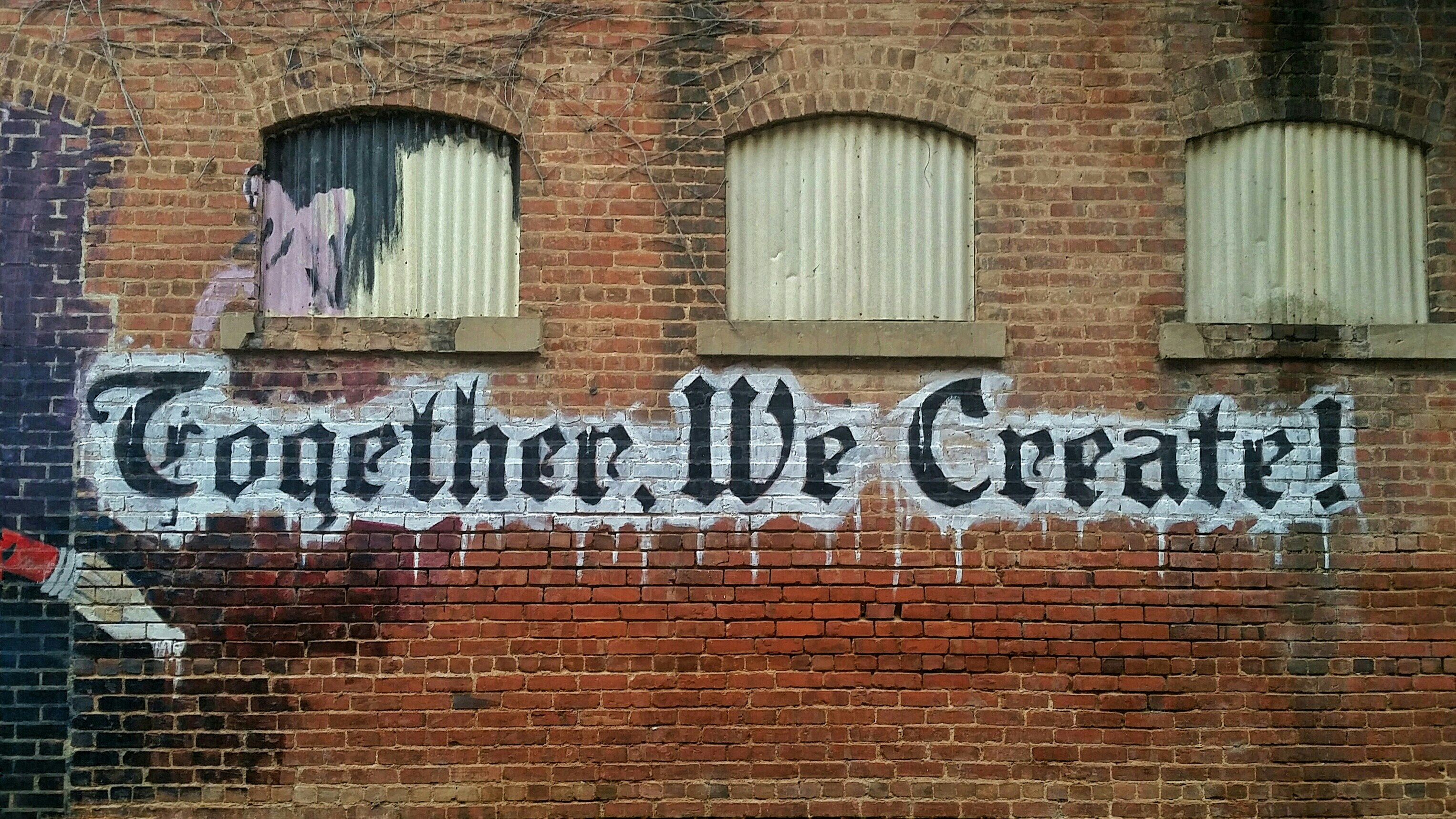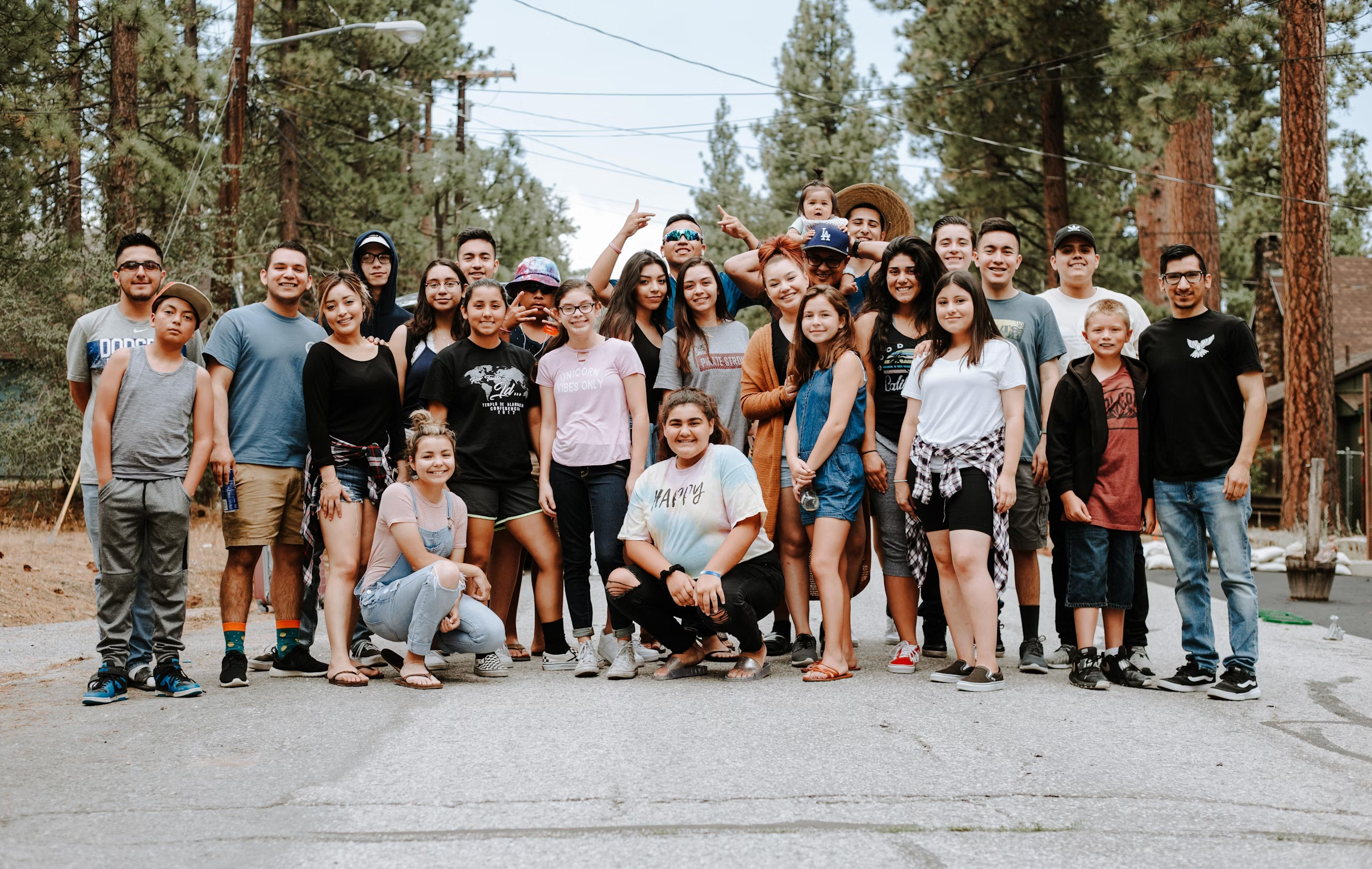Building Resilient Communities Through Expressed Needs

Building Resilient Communities Through Expressed Needs
What makes some communities bounce back quickly from disasters, economic downturns, or other challenges while others struggle to recover? Research consistently points to one critical factor: social connections. Communities with strong internal networks—where neighbors know and support each other—demonstrate remarkable resilience in the face of adversity.
ineedthis is pioneering a new approach to building these vital community connections through a simple yet powerful mechanism: creating systems for expressing and meeting needs.
The Science of Community Resilience
Community resilience—the capacity of a community to survive, adapt, and grow in the face of stress and shocks—depends on several key factors:
- Social Capital: The networks of relationships that enable communities to function effectively
- Resource Access: The ability to access and mobilize resources when needed
- Communication Networks: Effective channels for sharing information
- Adaptive Capacity: The ability to adjust to changing circumstances
- Collective Efficacy: The shared belief in the community’s ability to work together effectively
Traditional approaches to building community resilience often focus on infrastructure or emergency planning. While these are important, they miss a fundamental truth: communities are ultimately networks of human relationships.
How Expressing Needs Builds Stronger Communities
ineedthis builds community resilience by creating structured opportunities for expressing and meeting needs. This approach strengthens communities in several key ways:
Revealing Hidden Capabilities
When people express specific needs, it creates opportunities for others to discover and share their capabilities. A retired electrician might not think to volunteer his skills until he sees a post from a community center needing help with wiring. A teenager fluent in multiple languages might not realize her translation skills are valuable until she sees a newcomer family needing assistance with school forms.
By making needs visible, ineedthis reveals hidden capabilities within communities that might otherwise remain untapped.
Creating Connection Points
 Each expressed need becomes a potential connection point between community members who might never otherwise meet. These connections often extend beyond the initial need, creating lasting relationships that strengthen the community fabric.
Each expressed need becomes a potential connection point between community members who might never otherwise meet. These connections often extend beyond the initial need, creating lasting relationships that strengthen the community fabric.
As Sarah from Portland explains: “When I needed help moving a heavy couch. The neighbor who helped me turned out to be a gardening enthusiast like me. We now exchange plants and gardening tips regularly, and I’ve met several other neighbors through him. What started as a simple request has blossomed into a whole network of connections.”
Building Trust Through Small Interactions
Trust is built through repeated positive interactions. The ineedthis platform facilitates these interactions by making it easy and normal to ask for and offer help.
Research shows that communities with high levels of trust respond more effectively to crises. When neighbors already have experience helping each other with small needs, they’re better prepared to coordinate during larger emergencies.
Normalizing Interdependence
Modern society often emphasizes self-sufficiency, making it difficult for people to ask for help. ineedthis normalizes the reality that everyone has needs and everyone has something to offer.
By creating a culture where expressing needs is seen as a normal part of community life rather than a sign of weakness, ineedthis helps build communities where mutual support flows more freely.
Building Resilience Before Crisis Strikes
The most effective time to build community resilience is before a crisis occurs. ineedthis provides communities with a practical tool for strengthening connections during normal times, creating networks that can be activated during emergencies.
Key resilience-building features include:
- Resource Mapping: Communities can identify and map local resources and capabilities
- Skill Inventories: Residents can share skills they’re willing to offer in both normal times and emergencies
- Vulnerability Identification: Communities can identify vulnerable members who might need extra support during crises
- Communication Channels: The platform establishes communication pathways that remain functional during emergencies
The Path Forward: Communities of Care
 As climate change, economic shifts, and other challenges increase the stresses on communities worldwide, building resilience becomes increasingly important. ineedthis offers a practical approach to strengthening the social fabric that underlies true community resilience.
As climate change, economic shifts, and other challenges increase the stresses on communities worldwide, building resilience becomes increasingly important. ineedthis offers a practical approach to strengthening the social fabric that underlies true community resilience.
By creating systems where expressing needs is normalized and connections are formed through meeting those needs, we’re helping build what sociologists call “communities of care”—places where mutual support is woven into the fabric of daily life.
These communities are not only more prepared for crises when they come, but they’re also more vibrant, connected, and supportive places to live every day.
Join the Movement
Building resilient communities isn’t just about preparing for disasters—it’s about creating places where people are connected, supported, and empowered in their daily lives. ineedthis invites you to be part of this movement by expressing your needs, offering your capabilities, and helping weave stronger community networks wherever you live.
Because in the end, the most valuable emergency resource isn’t stored in a warehouse—it’s the neighbor you already know and trust.
Sign-up Today at ineedthis.com or download the app on the Apple AppStore!